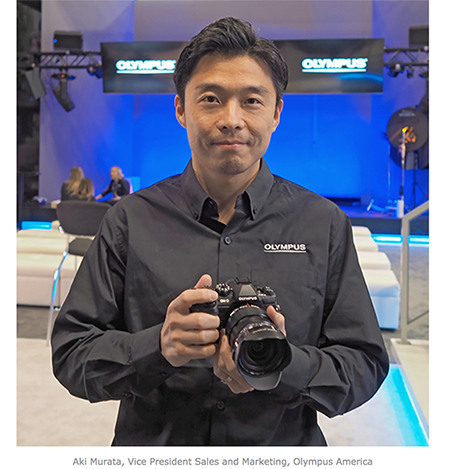
This is a Guest Post from Jack Lam (jack-lam.com):
As a working cinematographer, I am super excited by Panasonic’s announcement of the Lumix S mirrorless camera system. Panasonic has done such an excellent job designing the GH5, I’m confident a pro full-frame version of the GH will be even better. But here is an opportunity for Panasonic to make the Lumix S even greater. There is one very important area where all camera makers have ignored, and Panasonic is in a good position to be the first camera maker to address this vacuum.
This missing feature – one that can become a potential killer feature for Panasonic – is GOOD MANUAL FOCUS CONTROL. “What’s the big deal with MF?” one may ask, “Don’t all serious cameras already have MF?” Well, when I say good MF control, I mean one that is good enough for real working professionals – advanced documentaries and Hollywood cameramen alike. I want MF control that is simple, accurate, reliable, repeatable, predictable, measurable, and ergonomically sound. It should also be wireless-capable and highly integrated as part of the camera. Do you know of any small (DSLR/mirrorless) camera in the market that fulfills all of the above? I have found none.
My Perspective
My works vary widely in budget and crew size, ranging from run-and-gun documentaries, TV commercials to feature films for national theatrical releases. While the Arri Alexa is my go-to camera of choice for most of my works, I also use small form-factor cameras like the Sony A7S and Panasonic GH when I see fit. I used to own every GH model from the GH1 to the GH4, before I took a break from the m43 system for the full-frame Sony A7S.
There are many instances where a smaller camera is the better camera for the job (for example, run-and-gun docs, sensitive locations, small gimbal, special car rigs, crash cams, etc.). Unfortunately, every time when I shoot with a small camera I am faced with one big problem, a problem that haunts every video shooter but one that receives very little attentions in camera reviews: how do I pull focus? To be more specific, how do I pull focus effectively and professionally, as my director expects me to? How do I make sure I can nail the focus equally well in the first take, the second take, and each take thereafter?












